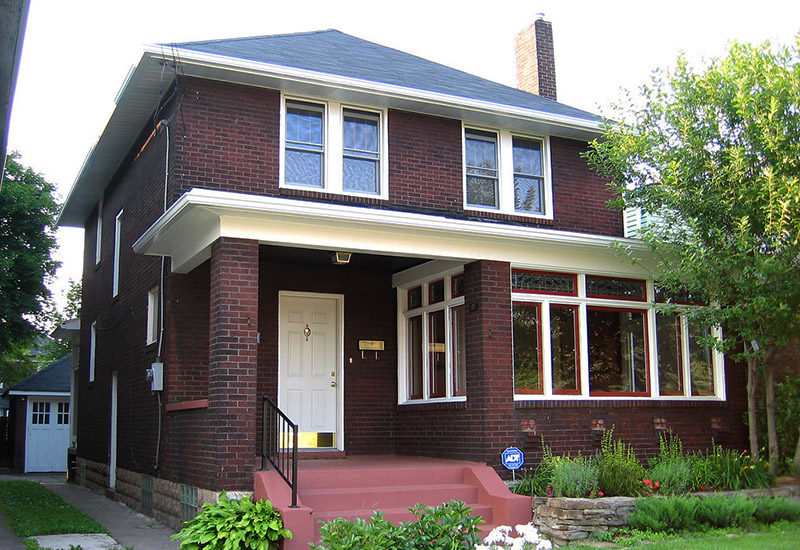Cary Ranks Lowest for Cost-Burdened Houses in the Country
Cary, NC – Questions about affordable housing and how much people pay for their homes is a growing concern both nationwide and in Cary. But a new study shows Cary is in a better position than many towns, with the lowest percentage of severely cost-burdened houses in the country.
Lowest in the Country
In a study by SmartAsset, the financial technology company looked at the percentage of people in the 167 largest municipalities and what percentage of their income is spent on housing. The study only looked at homeowners and not rentals.
AJ Smith, SmartAsset’s vice president of financial education, said the U.S. Census Bureau defines people who are housing cost-burdened as those who spend at least 30 percent of their income on housing and severely cost-burdened as 50 percent or more.
“When you’re spending that much on housing, it affects the rest of your monthly budget,” Smith said.
The problem of severely cost-burdened housing is large in some parts of the country. In Los Angeles, the study found one in five homeowners are severely cost-burdened and in Miami and Newark, it is nearly one in four.
However, Cary ranked lowest out of all municipalities in the study, as only 4.97 percent of homeowners are severely housing cost-burdened. Additionally, the study found fewer than 15 percent of Cary homeowners pay 30 percent or more on housing.
Not only does Cary stand out for its low percentage, it also stands out in the geographic distribution of low severe housing cost-burdened towns and cities.
“Many of the states with low housing cost-burdens are in the Midwest and many with the highest percentages are along the coasts,” Smith said.
Also ranking low on the list was Raleigh, which came in fifth for low severe housing cost-burdens with 5.52 percent.
Making Financial Plans
Smith said the purpose behind this study was to get people to think about their financial situation and position before buying a house.
“The fact that the number in Cary is low is great but for those 5 percent that are severely housing cost-burdened, it’s a significant weight on their budget,” Smith said. “People should evaluate what buying a house will cost. There’s the down payment and then there’s the ongoing costs: mortgages, home insurance, property taxes.”
With the rise in housing prices, Smith said many people feel the pressure to buy houses now but urged them to use caution.
“It’s a good idea to really look at your budget to determine what you can afford,” Smith said.
SmartAsset also has several financial calculators that are free to use to make financial decisions.
The study does not look at rentals, and according to the Wake County Board of Commissioners, rentals in Wake County are roughly 20 percent higher than the state average.
Story by Michael Papich. Photos by Jason Pratt and Triangle MLS.






Cost-burdened housing sure took a lot of words to explain.
I’ve always felt that anything that good doesn’t need a big explanation.
Gentrification is another word that many have to learn and understand.
Wish there was a shorter word.
Good points. In our redeveloping neighborhood just west of downtown, the new houses are selling for $700,000 and up. Regular workers in the $40,000-$80,000 income range would find these hard to afford. The folks really suffering,though, are the displaced renters who’d been paying $800-$900 a month in rent. Where are they going?
Live in the area as well. Interesting to watch….500-600k homes next to 150-210k homes. You can almost tell which homes will be replaced and which will be renovated. Hopefully the end result will be a nice mix but certainly there will be an uptick in rental prices along with home values in general.
This study is not a valid assessment of housing affordability. The affordability of an area is assessed relative to how many people or households in that area can afford to rent or buy. This study only assesses how well people who have already chosen to buy in Cary can afford their housing costs. It does not assess how many people in the Triangle can afford to live in Cary. This study says nothing about whether teachers, police officers, nurses and similar “work force” persons can afford to live here. Prior to the recession “drive until you qualify” meant that the affordable housing for Cary’s and much of Wake County’s work force was provided by adjacent counties. Higher gas prices plus longer trips can make otherwise affordable housing a huge burden on household incomes. This is why many analyses examine both transportation and housing costs to assess overall burden and affordability.
Excellent points. Another fairly meaningless survey on some aspect of the quality of life in a city. Seems like every week brings another ranking from some firm most people have never heard of.